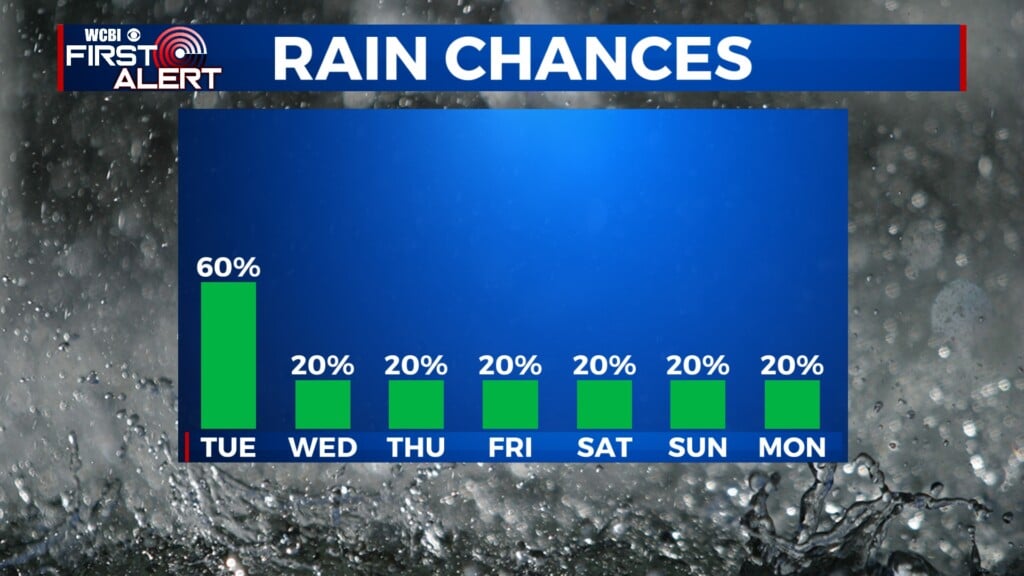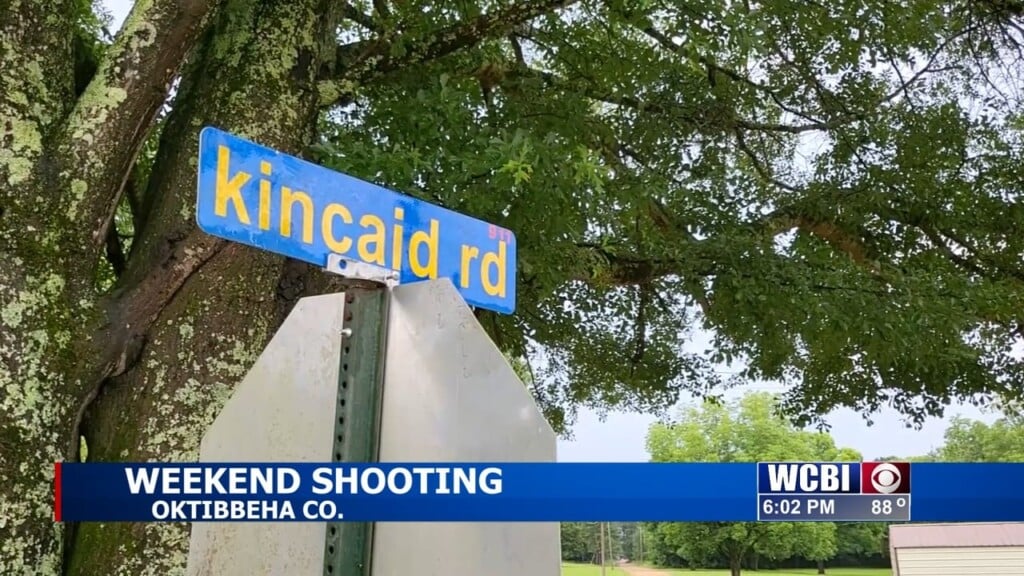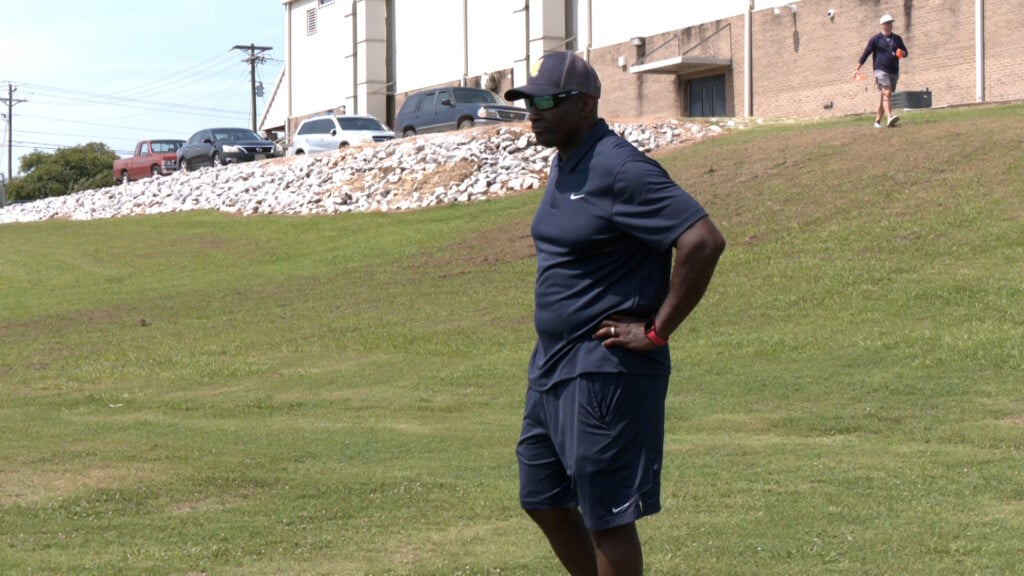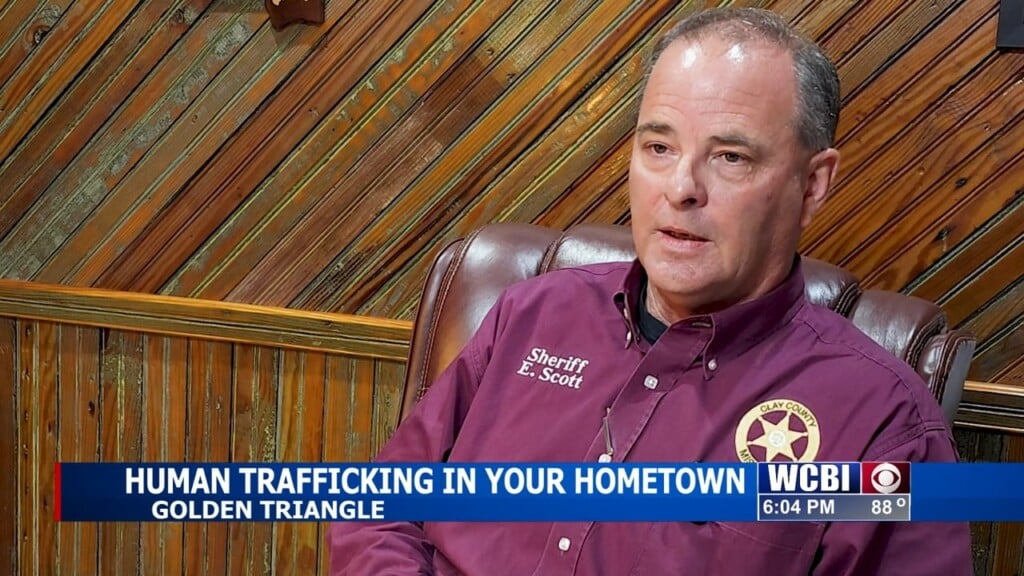These states still don't have stay-at-home orders for coronavirus
It may seem like the entire United States is shutting down and staying indoors due to the coronavirus pandemic. But some parts of the country are still holding off.
As of April 3, 42 states and Washington, D.C. have issued stay-at-home or shelter-in-place directives for all residents to help contain the spread of the deadly virus. About 300 million Americans — approximately 90% of the population — are under orders to stay indoors.
That leaves eight states that have not declared statewide orders, even after the U.S. has reported more than 270,000 confirmed cases across all 50 states, and more than 6,800 deaths.
Even in states without official stay-at-home orders, most governors have closed non-essential businesses and imposed some restrictions, such as banning large gatherings. In some cases, cities or counties have taken the initiative, even if the state has not.
Those with stay-at-home orders allow several exemptions, including grocery shopping, outdoor exercise and jobs that are considered essential. Several governors who have resisted statewide orders pointed this out, saying it wasn’t necessary to issue a rule that sounds more dramatic than it is.
These are the states that still have no stay-at-home policy. All coronavirus statistics are current through the afternoon of April 3. This article will be updated as states announce new policies.
Arkansas
Governor Asa Hutchinson, a Republican, said that targeted responses to certain communities are better than a statewide order. He questioned the effectiveness of stay-at-home orders in other states, calling them “an illusion” because residents still leave home for shopping, and many even continue to go to work.
“The question is, ‘Are you accomplishing anything by doing that order?'” Hutchinson said April 2.
Benton — a suburb of the state’s capital and largest city, Little Rock — and surrounding Saline County issued a stay-at-home order for minors. Little Rock has a night curfew for all residents, and a youth curfew during the day.
Arkansas has reported 687 cases and 12 deaths.
Iowa
Documents released April 1 by the office of Governor Kim Reynolds, a Republican, show that the state is using a 12-point scale to decide whether to issue a stay-at-home order. The scale considers factors such as the ages of people with infections, the number of hospitalizations and the rate of long-term care outbreaks.
According to the documents, the governor would issue a statewide order if 10 points are scored on the scale — which has yet to happen. In the meantime, the governor has temporarily closed many businesses, and banned gatherings of more than 10 people. Health care professionals in Iowa have been calling for her to issue a statewide order.
Iowa has reported 699 cases and 11 deaths.
Nebraska
Governor Pete Ricketts, a Republican, said that the right approach for his state is responding county-by-county when there are signs of community spread. He noted, though, that other governors had been urging him to issue a statewide order.
So far, 56 of the state’s 93 counties — covering more than 80% of its population — have enacted health measures in response to coronavirus cases.
Nebraska has reported 255 cases and 6 deaths.
North Dakota
Governor Doug Burgum, a Republican, has not issued statewide orders to stay at home, though he did temporarily close bars, restaurants, theaters, schools, and other venues and businesses.
“It’s not about staying home, it’s about avoiding contact,” the governor said March 25, while adding that he was open to different guidance if the situation changes. He said North Dakota was “blessed” compared to other states because of its relatively low number of cases.
Even so, Burgum expressed frustration April 2 that some people in the state were not taking social distancing seriously.
North Dakota has reported 173 cases and three deaths.
South Dakota
Governor Kristi Noem, a Republican, said statewide orders would limit the rights of individuals in her state.
“South Dakota is not New York City,” she said in a press conference April 1, later urging residents “not to turn on the news and look at NYC and think that that’s what Lemmon, South Dakota is going to face in a month.”
“The calls to apply for a one-size-fits-all approach to this problem is herd mentality. It’s not leadership.”
She also suggested that following social distancing orders should be voluntary.
“The people themselves are primarily responsible for their safety,” she said. “They are the ones that are entrusted with expansive freedoms. They’re free to exercise their rights to work, to worship, and to play. Or to even stay at home, or to conduct social distancing.”
South Dakota has reported 187 cases and two deaths.
South Carolina
Governor Henry McMaster, a Republican, has held off on a stay-at-home order, though he closed non-essential businesses as well as beaches and lakes. Officials in Charleston, Mount Pleasant and the capitol Columbia passed their own orders limiting residents’ activities.
South Carolina has reported 1,554 cases and 31 deaths.
Utah
Governor Gary Herbert, a Republican, issued a voluntary initiative to stay home, but not an official statewide order. “We think we have enough fear about this without adding to it,” he said, suggesting a voluntary directive was a “more positive route.”
Several counties — including Salt Lake County, the state’s most populous — have issued their own stay-at-home orders. Salt Lake County Mayor Jenny Wilson called for Utah’s leaders to declare a statewide rule.
Utah has reported 1,074 cases and seven deaths.
Wyoming
Governor Mark Gordon, a Republican, said March 30 he has no plans for a statewide order — though if one came, it would be “a true stay-at-home order” without multiple exemptions. Some counties and towns put out their own orders, including the popular skiing destination, Jackson.
Wyoming has reported 162 cases and no deaths.





Leave a Reply